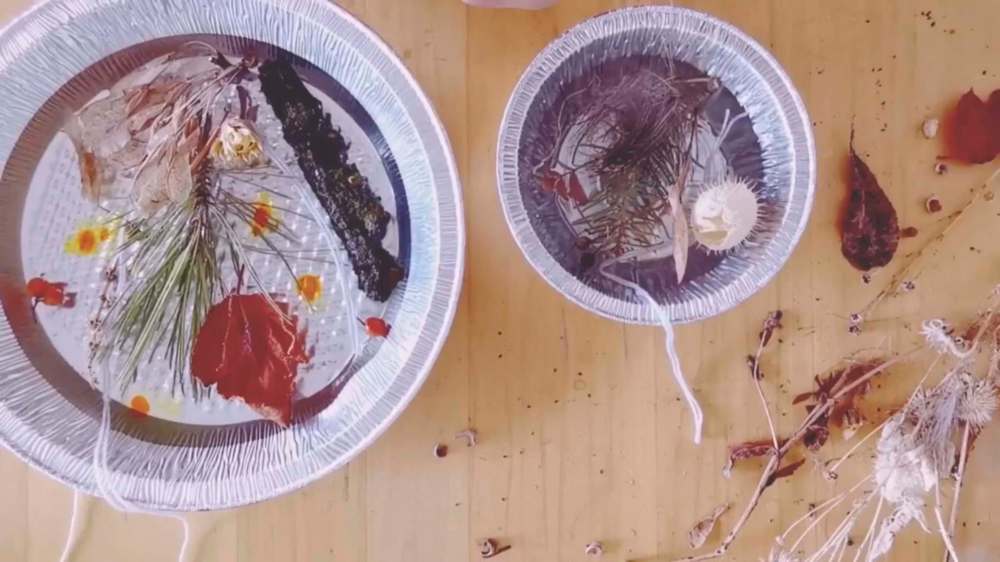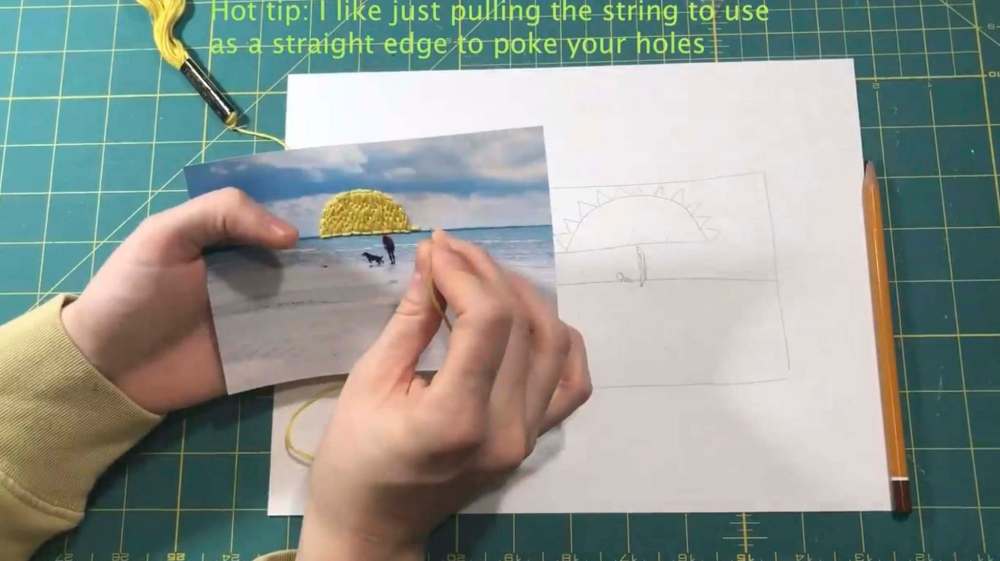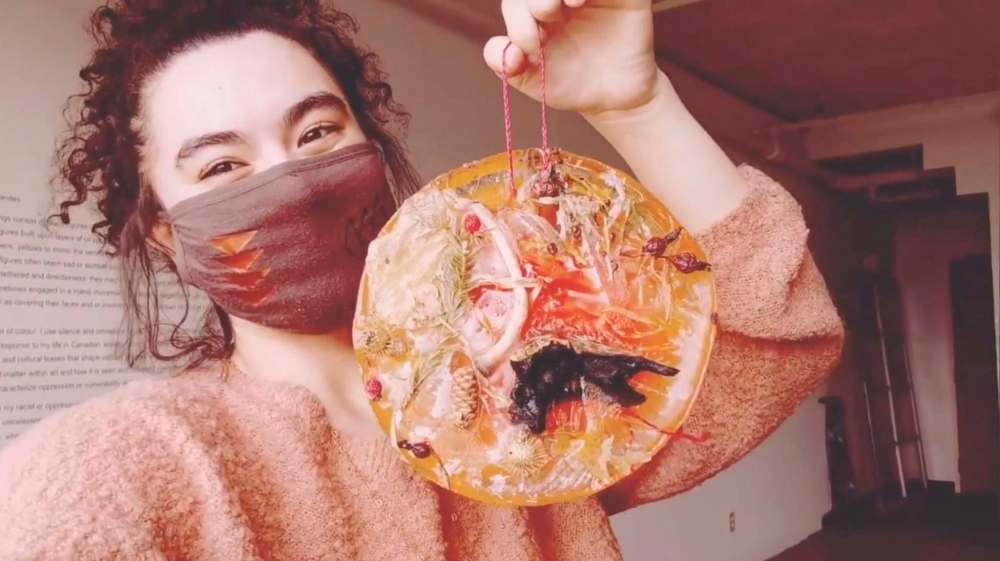Alone together Online exhibition in virtual space brings down barriers, allows for new kind of collaboration
Read this article for free:
or
Already have an account? Log in here »
To continue reading, please subscribe:
Monthly Digital Subscription
$0 for the first 4 weeks*
- Enjoy unlimited reading on winnipegfreepress.com
- Read the E-Edition, our digital replica newspaper
- Access News Break, our award-winning app
- Play interactive puzzles
*No charge for 4 weeks then price increases to the regular rate of $19.00 plus GST every four weeks. Offer available to new and qualified returning subscribers only. Cancel any time.
Monthly Digital Subscription
$4.75/week*
- Enjoy unlimited reading on winnipegfreepress.com
- Read the E-Edition, our digital replica newspaper
- Access News Break, our award-winning app
- Play interactive puzzles
*Billed as $19 plus GST every four weeks. Cancel any time.
To continue reading, please subscribe:
Add Free Press access to your Brandon Sun subscription for only an additional
$1 for the first 4 weeks*
*Your next subscription payment will increase by $1.00 and you will be charged $16.99 plus GST for four weeks. After four weeks, your payment will increase to $23.99 plus GST every four weeks.
Read unlimited articles for free today:
or
Already have an account? Log in here »
Hey there, time traveller!
This article was published 04/06/2021 (1636 days ago), so information in it may no longer be current.
Some people may think making art is and should always be a lonely pursuit. Julia Wake strongly disagrees.
“There’s usually a big focus on collaboration and community,” says Wake, a master of arts student in the University of Winnipeg’s cultural studies program and the program director at Graffiti Art Programming.
So what happens when that community is scattered by physical restrictions? How can that sense of working together — and the mental benefits of that collaboration — persist while a virus stands in the way?

One year into the pandemic, Wake was interested in exploring those questions through a series called Creating with Care, which she curated with the university’s Gallery 1C03 and ran online throughout March.
In a normal year, the gallery’s programming would have been accessible for students and the university community. “With the move to virtual classes, students don’t have the opportunity to engage with art or artists in the same capacity,” Wake says.

So, the series — which focused on easing uneasiness through self-care via art projects — took place in a virtual space, with local artists Leslie Supnet, Annie Beach, Hannah Doucet and Jessica Canard leading short workshops instructing participants how to make everything from animated GIFs to embroidered photographs. Each artist has a background in community arts and, like Wake, was forced to reinvent her approach for an online world.
“Many if not all of us working in community arts have spent the past year trying to reconcile the concept of collaborative, participatory and community-based programming with the arms-length reach with which we’re actually able to safely deliver programming,” Wake says.
Instead of a scheduled time slot over Zoom, which students and staff (and — who are we kidding? — everybody) were understandably tired of, the workshops were held on Instagram, with participants able to check in and watch the 10-minute videos whenever they wanted.

The result was gratifying, Wake says, giving artists the ability to connect with others and vice versa, while also giving the opportunity to take care of themselves through art-making.
“Art really provides a tangible way of practising self-care,” Wake says. “In this sense, it’s less about the final product and much more about taking the time to step away from daily responsibilities or anxieties, even for a short time.”

It revealed to Wake it wasn’t necessarily required for workshop participants to be in the same place, or even to be participating at the same time, to make art together. It also reinforced the fact that for some, virtual barriers are just as significant in preventing participation in art as physical ones, an idea she’s seen through her work with Graffiti Art Programming; the organization has been supplementing virtual programming by distributing art kits, about 8,000 so far.
Today, Wake will discuss with Beach, a Cree-Saulteaux-Ukrainian visual artist and the assistant manager of Graffiti Art Programming’s Studio 393, the Creating as Care series with Free Press columnist Alison Gillmor as part of the First Fridays in the Exchange program.

The trio will reflect on the pandemic’s impact on community art programming and cultural institutions, mental health’s role in art, and how virtual programming has broadened horizons while also making obvious other barriers that exist in a digital art world.
For details on the free talk, visit facebook.com/FirstFridaysInTheExchange.
ben.waldman@freepress.mb.ca

Ben Waldman is a National Newspaper Award-nominated reporter on the Arts & Life desk at the Free Press. Born and raised in Winnipeg, Ben completed three internships with the Free Press while earning his degree at Ryerson University’s (now Toronto Metropolitan University’s) School of Journalism before joining the newsroom full-time in 2019. Read more about Ben.
Every piece of reporting Ben produces is reviewed by an editing team before it is posted online or published in print — part of the Free Press‘s tradition, since 1872, of producing reliable independent journalism. Read more about Free Press’s history and mandate, and learn how our newsroom operates.
Our newsroom depends on a growing audience of readers to power our journalism. If you are not a paid reader, please consider becoming a subscriber.
Our newsroom depends on its audience of readers to power our journalism. Thank you for your support.
